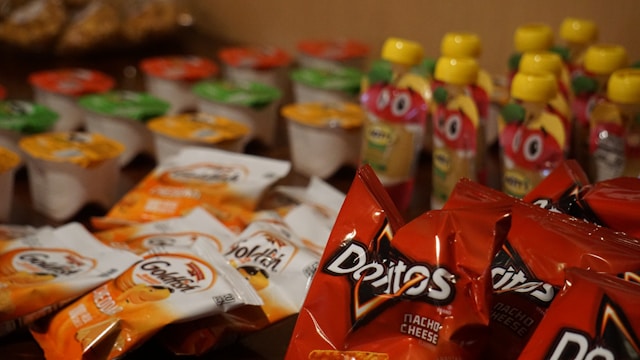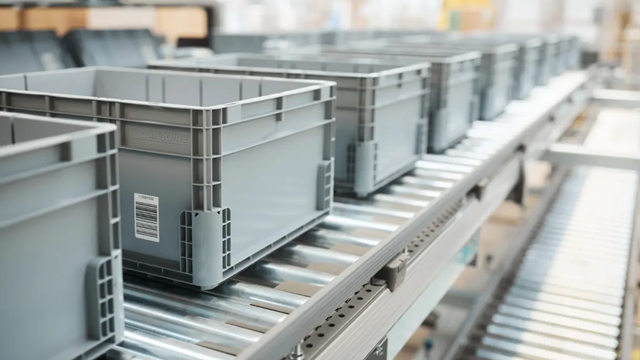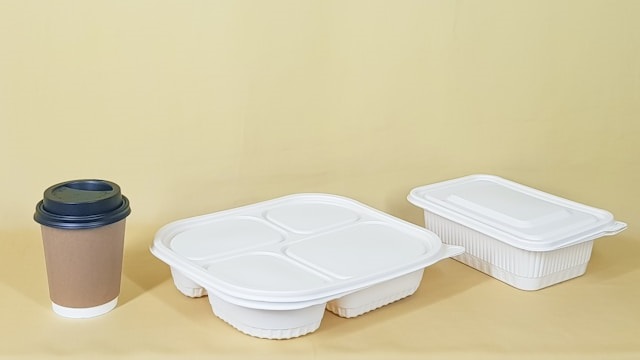Introduction
Cardboard boxes are a fundamental element of the global packaging industry, playing a crucial role in logistics, retail, and consumer goods distribution. Their versatility, cost-effectiveness, and sustainability make them the preferred choice for businesses across multiple sectors. According to a market report by Smithers Pira, the global demand for corrugated packaging is projected to grow steadily, driven by e-commerce expansion and increasing sustainability concerns.
In this guide, we will explore various types of cardboard boxes, their applications, benefits, and the latest trends in cardboard packaging.
Types of Cardboard Boxes
Corrugated Boxes
Corrugated boxes are the most commonly used type of cardboard boxes. They are made of three layers: an outer liner, an inner liner, and a corrugated medium in between. This design enhances durability and impact resistance, making them ideal for shipping and heavy-duty applications.
Folding Cartons
Folding cartons, also known as paperboard boxes, are lightweight and used primarily in consumer product packaging, such as food, cosmetics, and pharmaceuticals. They are made from a single sheet of paperboard, folded into shape.
Rigid Cardboard Boxes
Rigid boxes are made of thick paperboard and are known for their premium appearance and structural integrity. They are commonly used for luxury packaging, including jewelry, high-end electronics, and gift boxes.
Die-Cut Boxes
Die-cut boxes are custom-shaped boxes tailored to specific product dimensions. They offer enhanced product security and branding opportunities.
Mailer Boxes
Mailer boxes are self-locking and sturdy, making them ideal for e-commerce shipments. They provide excellent protection and an aesthetically pleasing unboxing experience.
Custom Printed Cardboard Boxes
Custom printed boxes allow brands to incorporate logos, designs, and product information directly onto the packaging, enhancing marketing and brand recognition.
Applications of Cardboard Boxes
E-Commerce and Retail Packaging
Online retailers rely on durable and lightweight packaging to ensure safe deliveries. Custom mailer boxes and corrugated shipping boxes are widely used in e-commerce.
Food and Beverage Industry
Cardboard boxes are used for packaging cereals, frozen foods, takeout meals, and beverages. Many food-grade cardboard boxes come with protective coatings to prevent moisture damage.
Electronics and Fragile Goods Protection
Corrugated boxes with foam inserts provide protection for delicate electronics and glassware during transportation.
Pharmaceutical Packaging
Folding cartons are commonly used in the pharmaceutical industry to package medicines and healthcare products with proper labeling.
Industrial and Heavy-Duty Uses
Triple-wall corrugated boxes are used in industrial settings for shipping machinery parts and bulk materials.
Advantages of Using Cardboard Boxes
Eco-Friendliness and Sustainability
Cardboard is biodegradable and recyclable, reducing environmental impact. Organizations like the Sustainable Packaging Coalition advocate for its widespread use.
Lightweight Yet Durable
Cardboard provides a high strength-to-weight ratio, making it easy to handle while offering adequate protection.
Cost-Effective and Customizable
Compared to plastic and metal packaging, cardboard is inexpensive and can be easily customized to fit branding and functional requirements.
Recyclability and Biodegradability
Recyclable cardboard packaging minimizes waste, aligning with corporate sustainability goals.
Branding and Marketing Potential
Custom printing and die-cut designs make cardboard boxes an effective marketing tool for businesses.
Future Trends in Cardboard Packaging
Sustainable Innovations
The industry is shifting towards using recycled fibers and water-based inks to create eco-friendly packaging.
Smart Packaging Technologies
Integration of QR codes, RFID tags, and anti-counterfeit measures is becoming more prevalent in cardboard packaging.
Automation in Box Manufacturing
Advancements in automated die-cutting and digital printing are increasing production efficiency and reducing lead times.
Conclusion
Final Thoughts
Cardboard boxes remain the backbone of the packaging industry due to their versatility, affordability, and sustainability. Whether for e-commerce, retail, or industrial applications, businesses must select the right type of box to optimize protection and branding.
Best Practices
– Use eco-friendly materials and printing techniques.
– Optimize box size for cost-efficiency.
– Incorporate branding elements for enhanced customer engagement.
– Stay informed about emerging packaging trends to remain competitive.
References
Smithers Pira
Market Research on Cardboard Packaging.
Packaging Strategies
Industry Insights.
The Fibre Box Association
Technical Specifications.
Sustainable Packaging Coalition
Eco-Friendly Trends.









